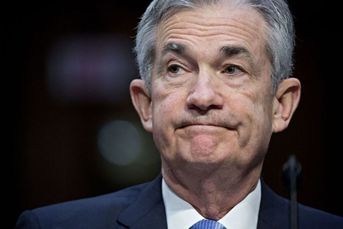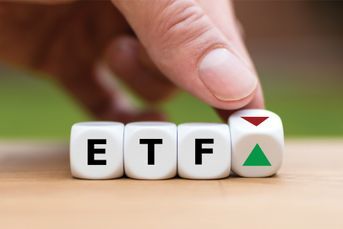Labor Department says ESG investments aren’t always `prudent’

Socially responsible investors say rules could sow confusion among managers
The Trump administration unveiled guidance aimed at the burgeoning socially responsible investment industry that left some investors scratching their heads.
The Department of Labor, which oversees retirement-plan funds, published guidelines Monday that said investments based on environmental, social and governance issues aren’t always a “prudent choice” and that such factors shouldn’t “too readily” be considered as economically relevant by fiduciaries. That differs from 2016 guidance from the Obama administration, which said such plans could consider ESG factors without violating their fiduciary duty, opening the way for more retirees to pursue socially-responsible investment strategies.
Under the latest guidelines, fiduciaries must “always put first the economic interests of the plan” and make financial factors the main consideration when evaluating investments. They also require managers to make sure any shareholder-engagement activities are likely to enhance economic value of their investments.
Some in the industry said they were surprised by the announcement and its cautionary tone. “The way they distinguish between investment options in the guidance is overly simplistic,” said Lisa Woll, chief executive of US SIF, the Forum for Sustainable and Responsible Investment. “ESG factors for many investors are considered important financial considerations.”
Though still a relatively new strategy, ESG investing has grown quickly and increasingly available as a strategy for retirement plans and 401(k)s. Socially responsible investments totaled $23 trillion at the start of 2016 and have outpaced growth in total assets under management, according to the Global Sustainable Investment Alliance.
“It is difficult to understand the reasoning,” for the new guidance, said Fiona Reynolds, chief executive officer of the United Nations-supported Principles for Responsible Investment, which represents investors with more than $70 trillion in assets. “Markets are in no doubt of the materiality of ESG considerations,” she said, noting the guidance could create confusion for retirement-plan fiduciaries.
ESG investors have seen increasing push back from business groups, with congressional Republicans last year proposing legislation aimed at making it harder to submit shareholder proposals. The Labor Department’s new guidance said that managers should only engage with companies about corporate governance, or environmental and human capital risks when it’s likely that those issues will enhance the economic value of their investment.
“This indicates the need for a well-developed ESG research process centered on financial materiality,” said John Streur, CEO of Eaton Vance Corp.’s Calvert Research and Management, noting that ESG investors have already been moving in that direction.
(More: ESG and impact investing: Do you know the difference?)
Learn more about reprints and licensing for this article.








